The tone at this year’s Consumer Electronics Show (CES) was fragmented and muted. After gearing up for a return to a fully in-person conference, Omicron reared its head in December, and many leading exhibitors made last-minute decisions to modify or outright cancel their participation in the world’s largest tech conference. Among the companies missing from the show floor were Google, Microsoft, Amazon, Meta, TikTok, Pinterest, Twitter, IBM, Intel, Procter & Gamble, GM, BMW and Mercedes-Benz, to name a few. Their absence not only left many booths unattended, but also contributed to a notably subdued air, without their flashy installations that mark many of the show’s usual main attractions.
Tech gets humanized at CES 2022
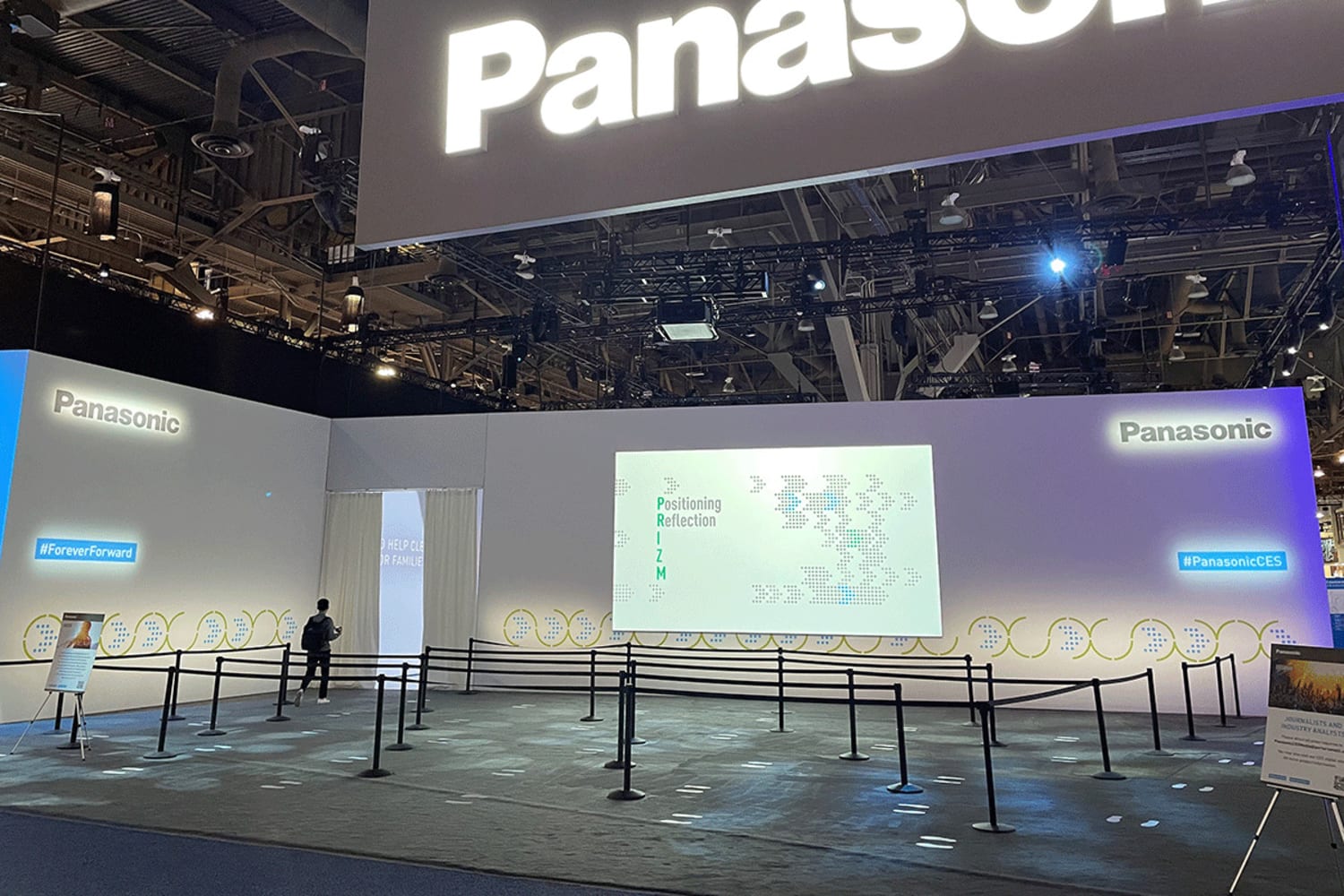
Many attendees opted for digital-only participation, making the halls of the usually teeming convention centers eerily deserted. Attendance dropped by over 75% from 2020—the last time the show was held in-person—with 40,000 visitors this year compared to 171,000 in 2020. In the end, the show was cut down by one day, running for three days instead of its usual four.
Alongside many key exhibitors, the lofty, aspirational tone of last year’s show was also notably missing. At CES 2021, product launches took a back seat to an industry-wide focus on the greater good—perhaps because introducing flashy new gadgets would have been tone deaf at best in the midst of an economic crisis and a global health emergency. Although economic hardship and health concerns haven’t disappeared and are spiking again, the spotlight was firmly back on product innovation at CES 2022.
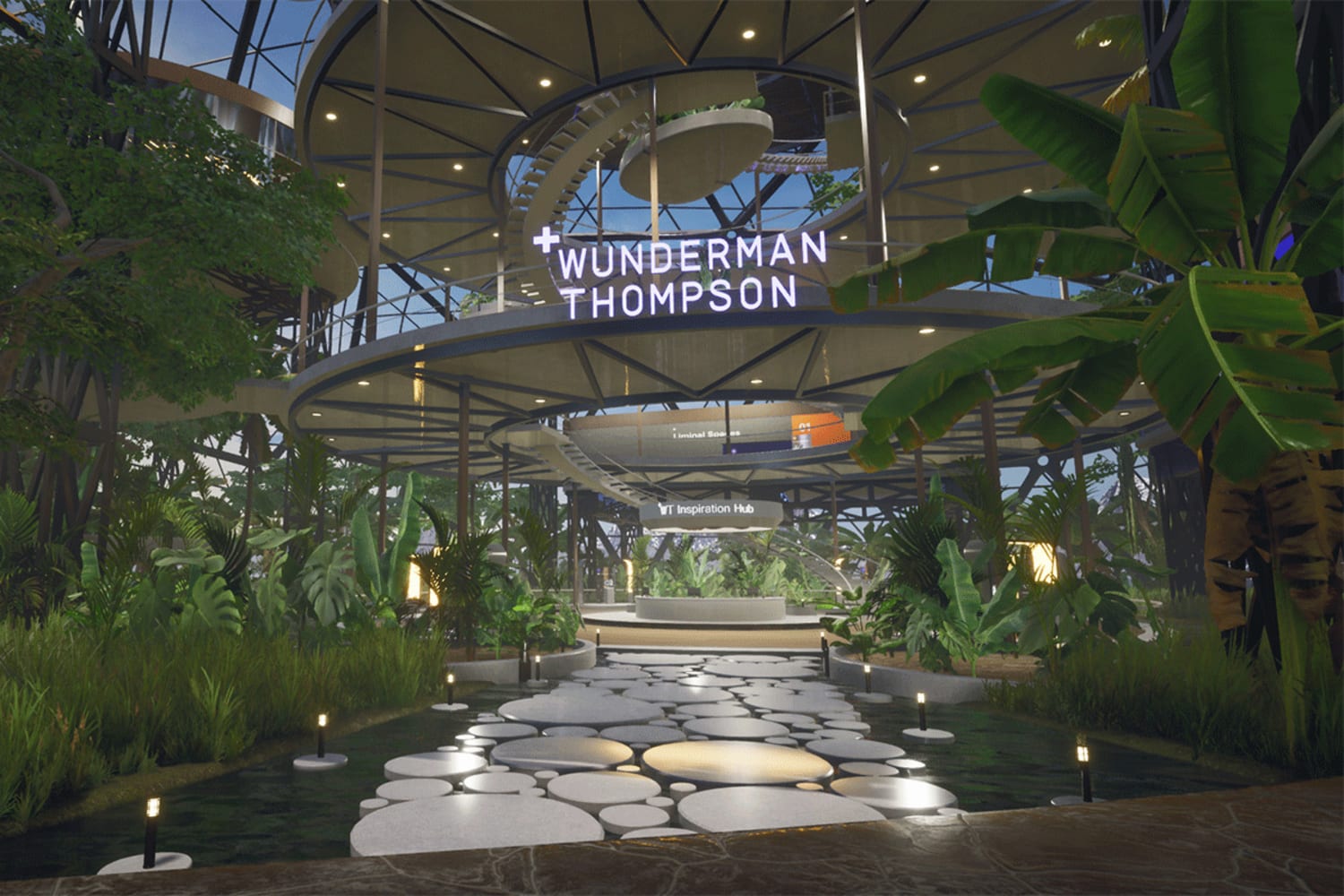
The metaverse dawns
"There's a lot of buzz about the metaverse today. And it is in fact a new trend in the industry, and one that I think is going to evolve over the next roughly 20 years," said Steve Koenig, Vice President for Research at the Consumer Technology Association (CTA), at a CES 2022 press session. "We're starting to talk about the metaverse now the same way we started to talk about the internet in the early 1990s. And so if you remember back to that time, when we were all using 56k modems and dial-up internet service, it was impossible to imagine the things we'd be doing online today. I think the same is true with Metaverse."
Wunderman Thompson launched a bespoke metaverse, in partnership with metaverse platform Odyssey, featuring avatar-based networking, a presentation by Wunderman Thompson Intelligence global director Emma Chiu on the future implications of the metaverse, and different rooms illustrating potential applications, from retail to gamevertising.

Hyundai is preparing for the next era of metamobility. The automaker invited visitors to test drive their vehicles in the metaverse, as avatars. “From a technology perspective, combining our robotics with the metaverse will have a huge impact,” said Euisun Chung chairman of Hyundai. “Our mobility solutions will be expanded into what we call metamobility.”
Procter & Gamble took its first step into the metaverse at CES 2022 with BeautySphere. The digital experience features immersive storytelling, livestreamed panel discussions and a gamified challenge.
Samsung launched Samsung My House on Zepeto, Asia’s biggest metaverse platform. The activation created a customizable digital home accessible via the Zepeto app, where visitors can test out virtualized Samsung home products, from their Frame TV to their AirDresser clothes-sanitizing wardrobe.
For more on the future of the metaverse, download Wunderman Thompson Intelligence’s latest report, “Into the Metaverse”
Multisensory metaverse
Already anticipating ways to elevate meta-environments, companies are leveraging haptic technology to bring a human touch to virtual experiences. Shiftall, a Panasonic subsidiary, presented a hot and cold simulator for virtual reality. The vest-like device will be available for purchase in the spring.
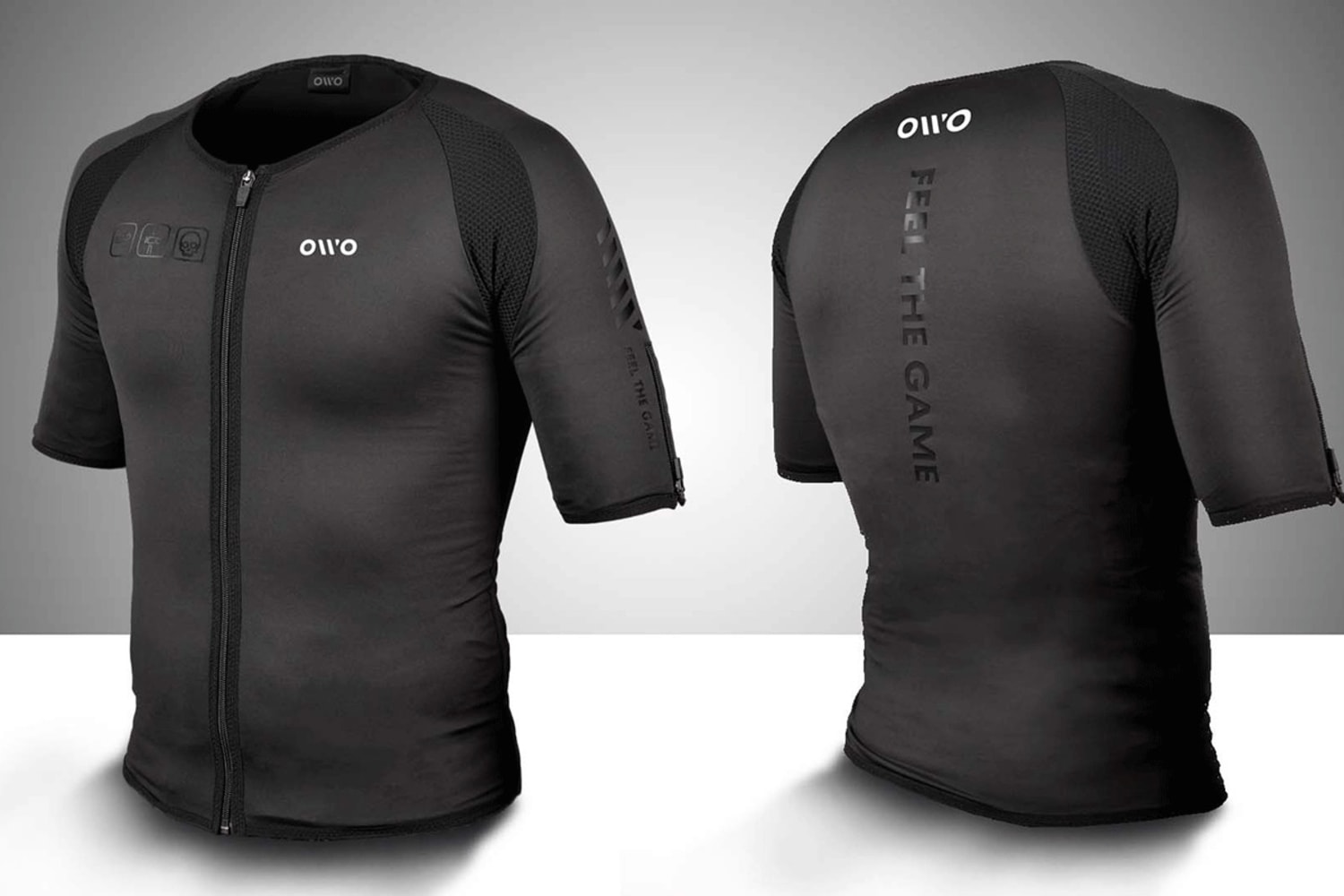
Spanish tech company Owo won a CES innovation award for their wireless wearable vest that makes wearers feel as if they are catching a ball or getting hit, and can even replicate the feeling of being hugged. “What is the metaverse if you can't feel it?” asked Owo CEO, Jose Fuentes. “It's only an avatar.”
Audio elevated
Audio took center stage as tech companies compete to innovate the listening experience. French startup Wisear previewed its mind-controlled headphone concept at this year’s conference, which the company hopes to bring to market in 2023. The “neural interface” will let users play music or answer a call without moving or speaking, thanks to electrodes embedded in the device that record brain activity and facial signals.
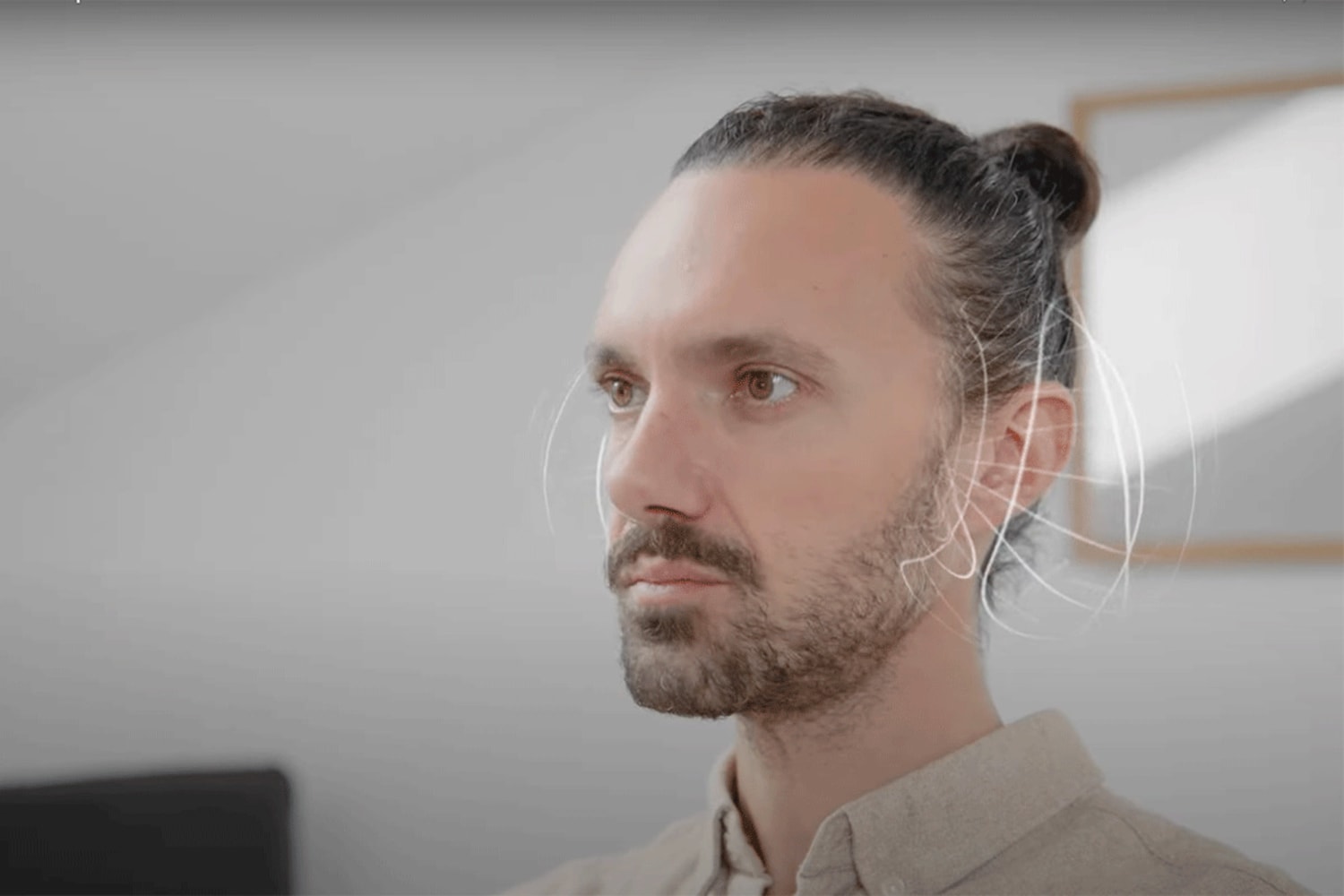
Noveto is redefining the personal audio experience. The company unveiled invisible headphones, which deliver in-ear audio over the air. A mini soundbar will use beamform technology to transmit two pockets of sound just outside the user’s ears, for private, 3D and immersive listening without any in- or over-the-ear hardware.
Sona is exploring the healing power of music. The new music therapy app for anxiety launched at CES 2022, and took home an innovation award. “We're on a mission to validate music as medicine,” Sona founder Neal Sarin tells Wunderman Thompson Intelligence. All music is created in-house by curated composers and Grammy-winning engineers using a proprietary composition process that increases alpha brain waves to help listeners relax, Sarin explains.
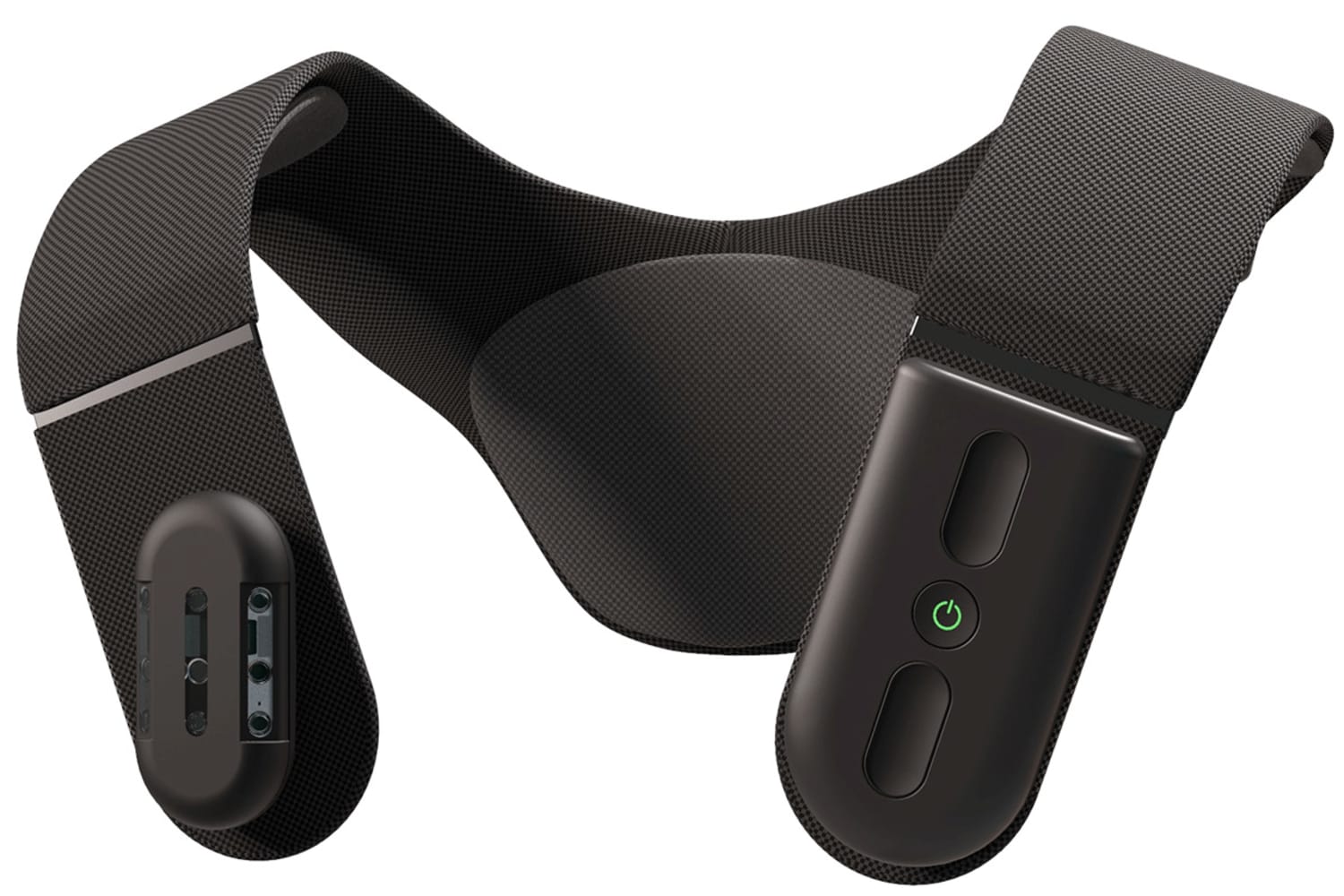
Tech-cessibility
Biped introduced a smart harness that operates as an AI copilot for blind and visually impaired people. The device uses 3D cameras to monitor the environment and detect obstacles, warning the wearer of potential collisions using 3D sounds transmitted through bone conduction earphones.
OrCam was awarded a CES innovation award for its camera that clips to glasses to help visually impaired people identify and interpret facial expressions. It also reads out printed and digital text, helps identify products, and has a “smart reading” feature that lets wearers search for specific information.
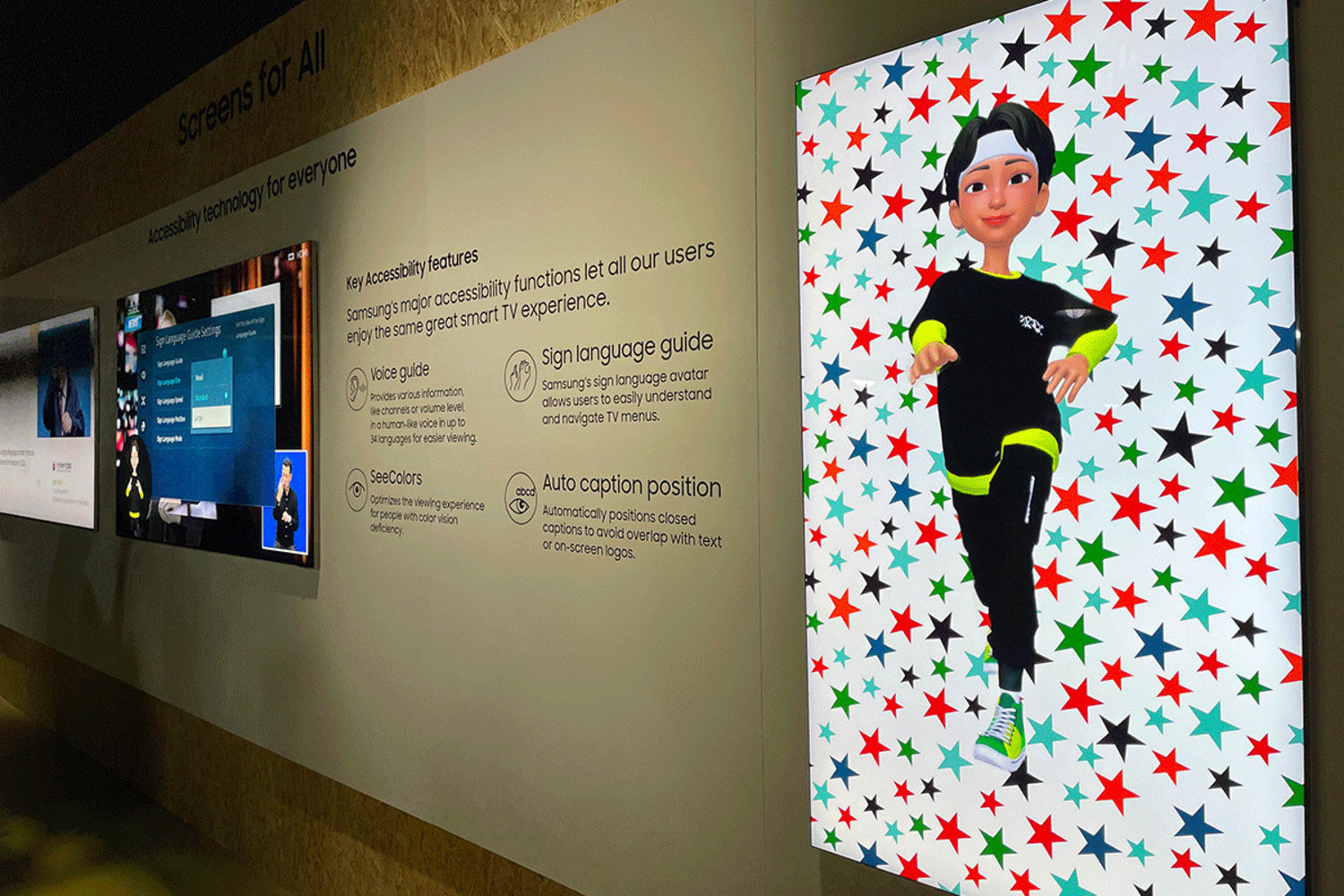
Samsung highlighted its accessibility-enhancing functionality on its smart TVs. The features include a voice guide, which provides spoken information about controls, such as channels and volume level; an avatar sign language guide, which helps users understand and navigate TV menus; SeeColors, which optimizes color calibration for people with color viewing deficiency; and auto caption position, which automatically positions closed captioning to avoid overlap with text or on-screen logos.
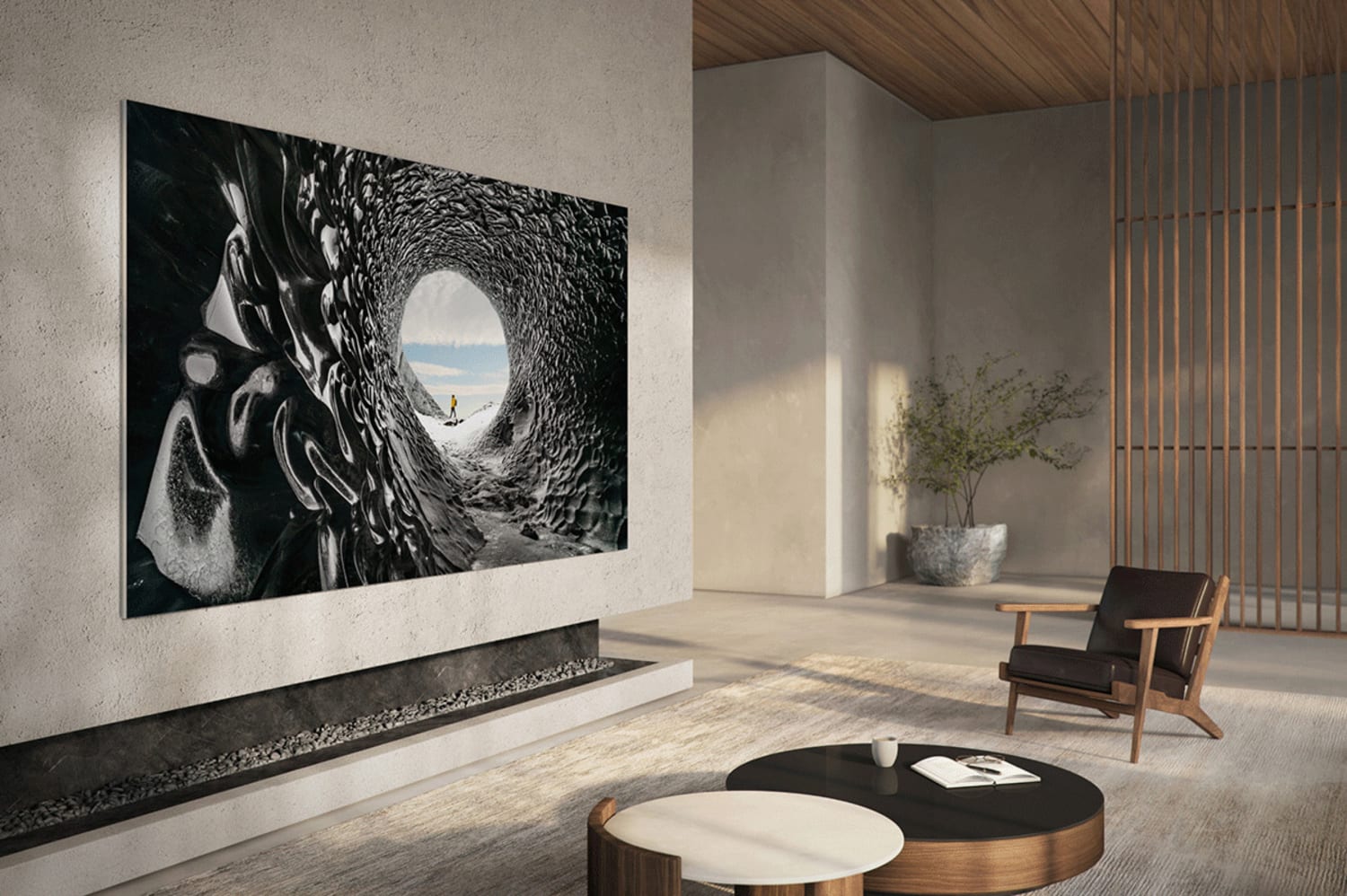
NFT digital canvas
The TV screens of the future are getting an NFT upgrade. Samsung announced plans at CES to integrate NFT viewing into its 2022 TV lineup. This will include an NFT TV platform, in partnership with Nifty Gateway, where creators can share their art and potential buyers can browse and preview NFTs, and where anyone can go to learn about an NFT’s history and blockchain metadata. The screens will also include a smart calibration feature to optimize display settings for NFT viewing and an auto-rotation wall mount to switch between portrait and landscape displays.
“With demand for NFTs on the rise, the need for a solution to today’s fragmented viewing and purchasing landscape has never been greater,” the company said in a press release. “In 2022, Samsung is introducing the world’s first TV screen-based NFT explorer and marketplace aggregator, a groundbreaking platform that lets you browse, purchase, and display your favorite art—all in one place.”
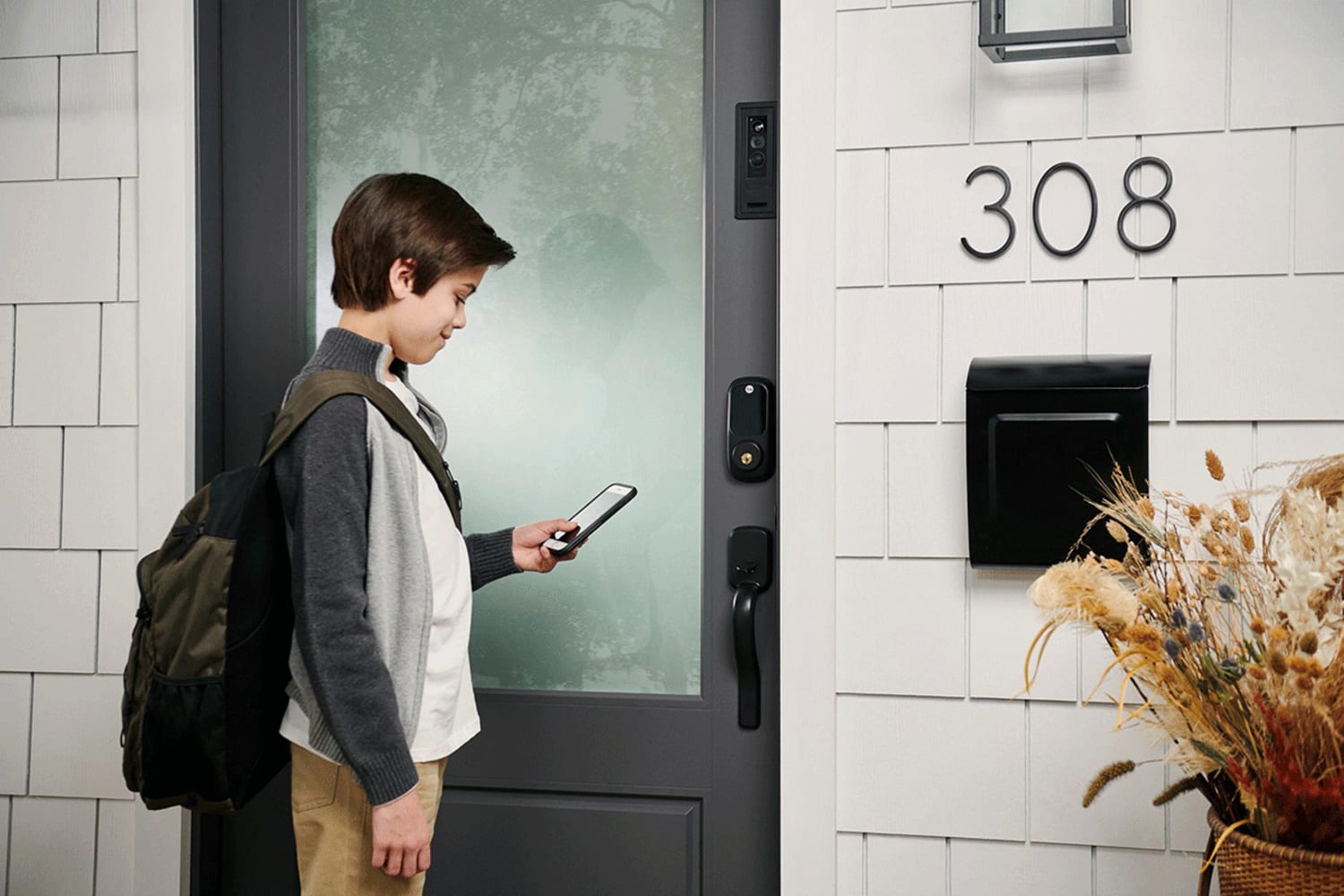
Smart homes expand
Smart home tech was a dime a dozen at CES 2022, but these were a couple that stood out—pointing to an integrated future for smart home technology. Masonite introduced the first residential smart door, complete with an integrated Ring doorbell, Yale smart lock, and lights and sensors connected to the home’s electrical system and wifi network. Rather than a smart device, Matter unveiled a platform for smart home interoperability—turning connected homes into interconnected homes. The platform synchronizes across multiple smart devices, letting all devices “talk” to each other—even if they’re made by different brands.
Until next year!
Please provide your contact information to continue.
Related Content
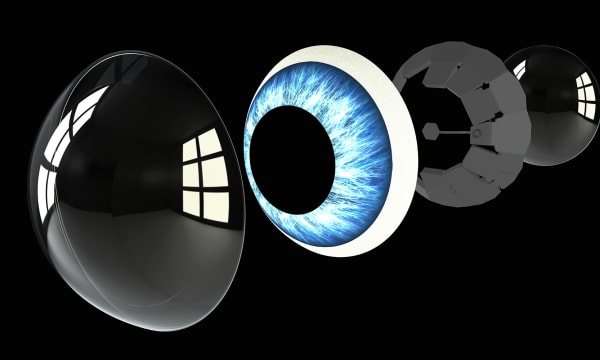
CES 2022: Interfaces untethered

